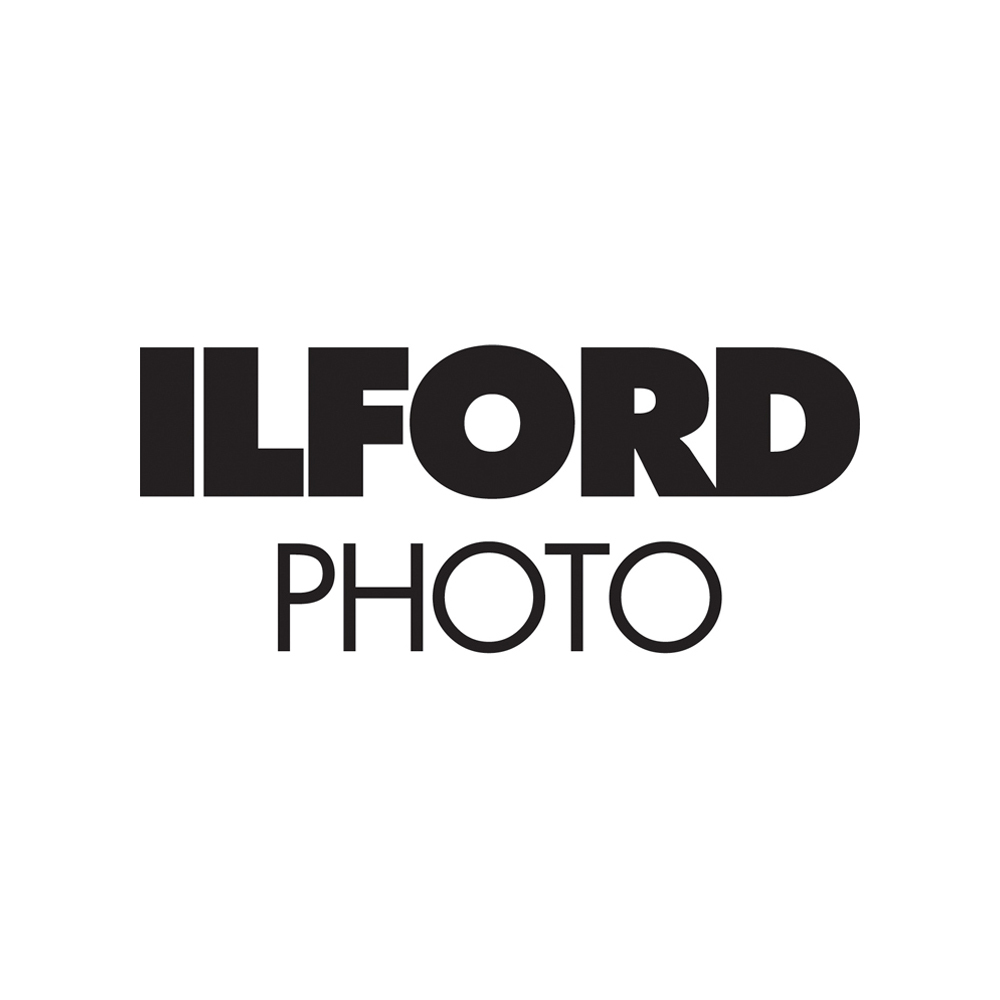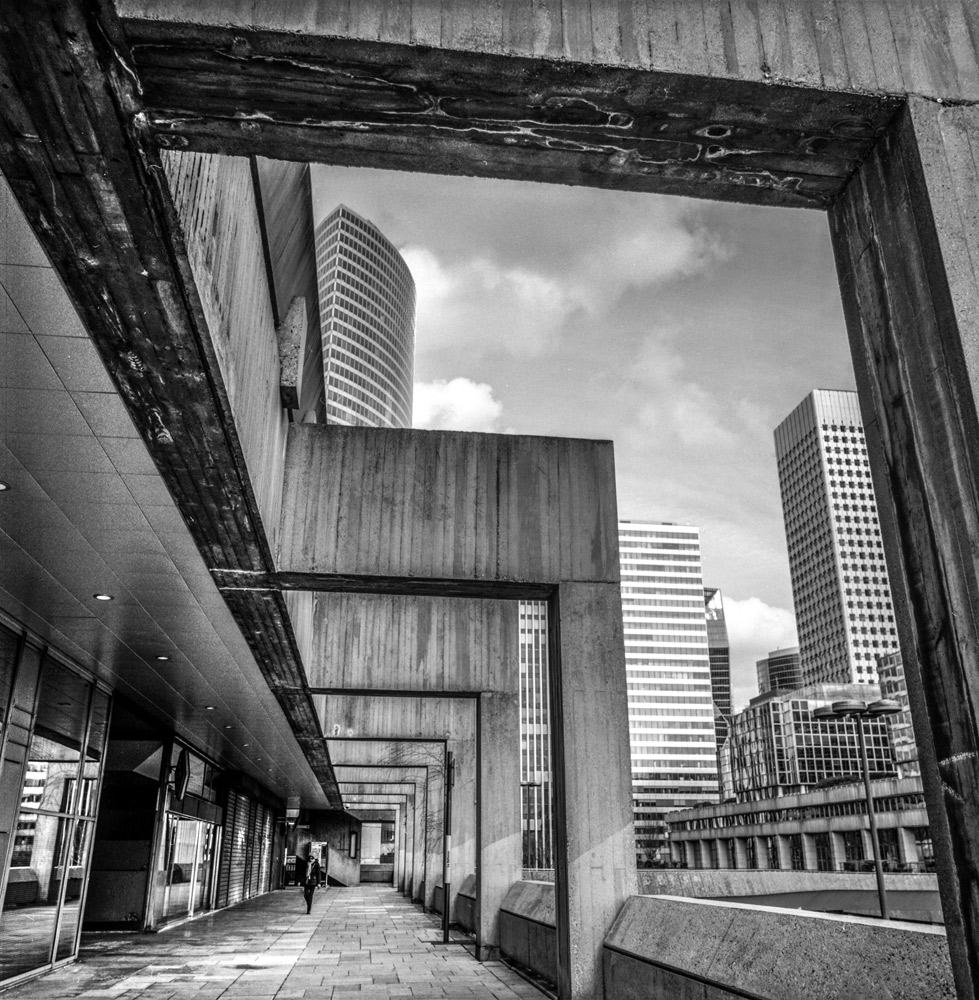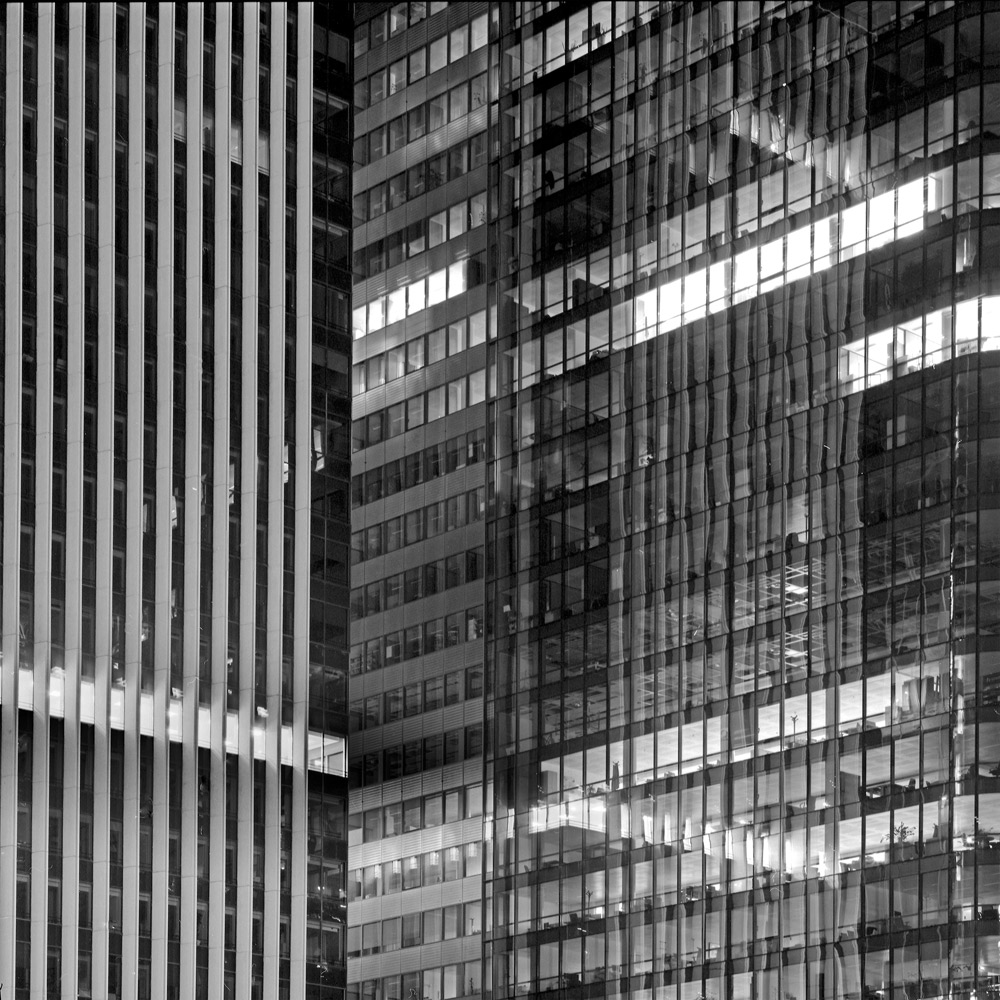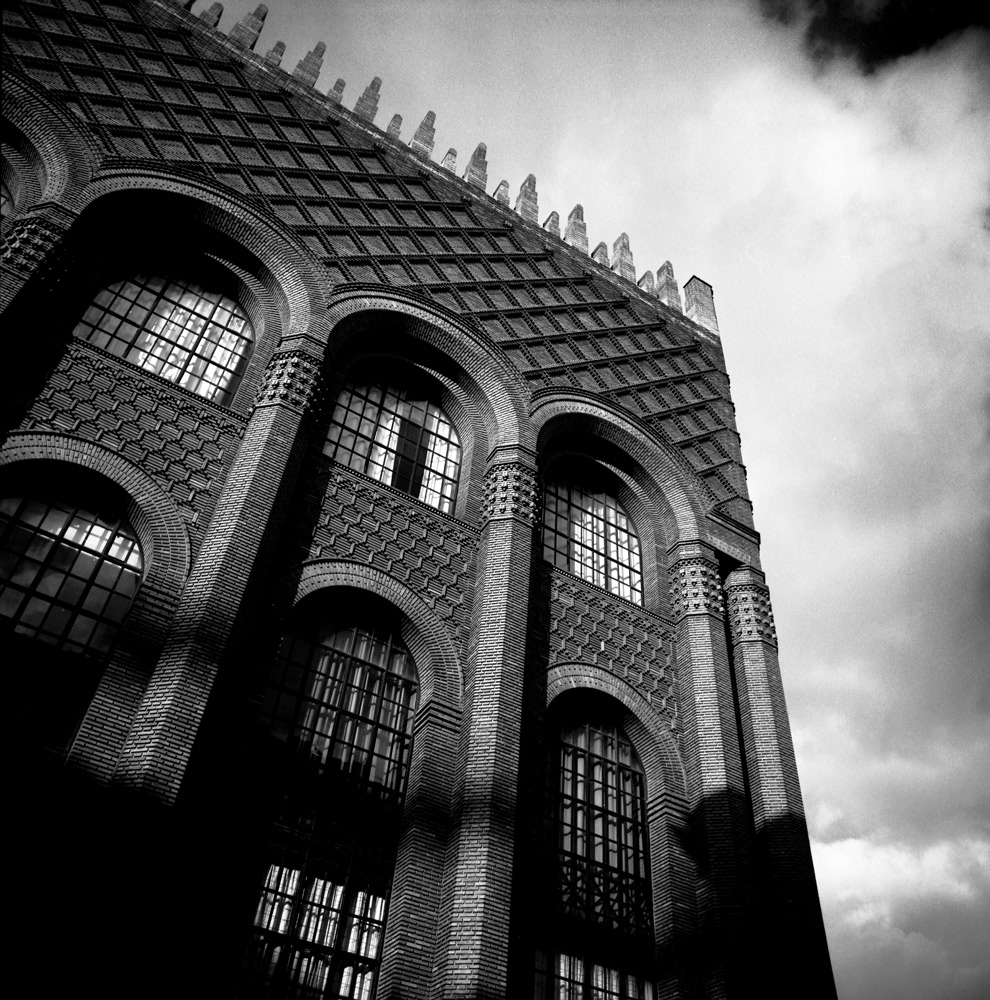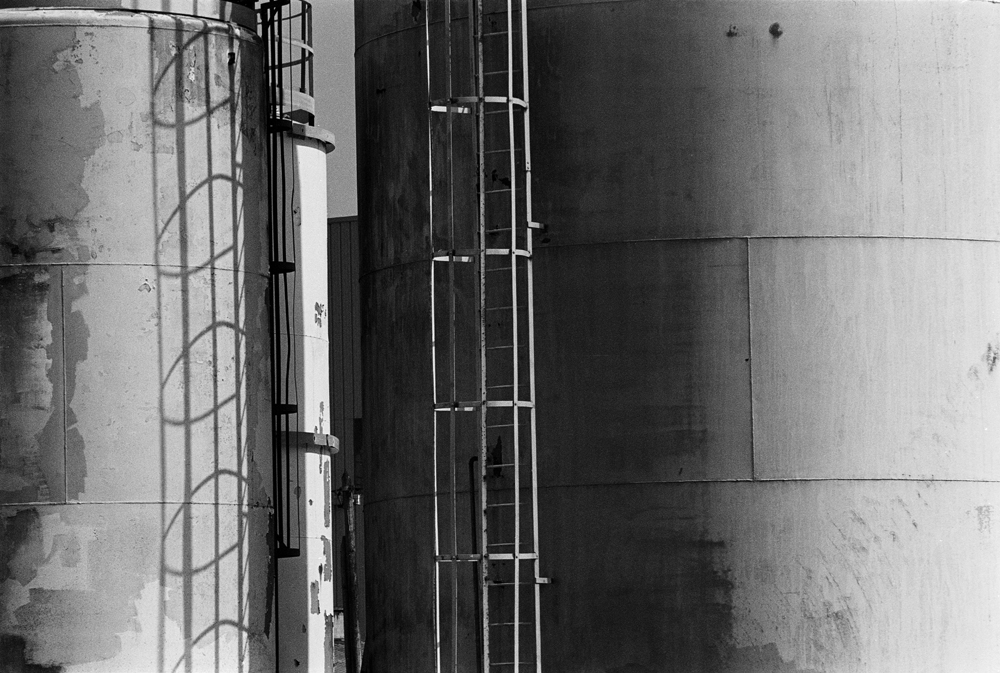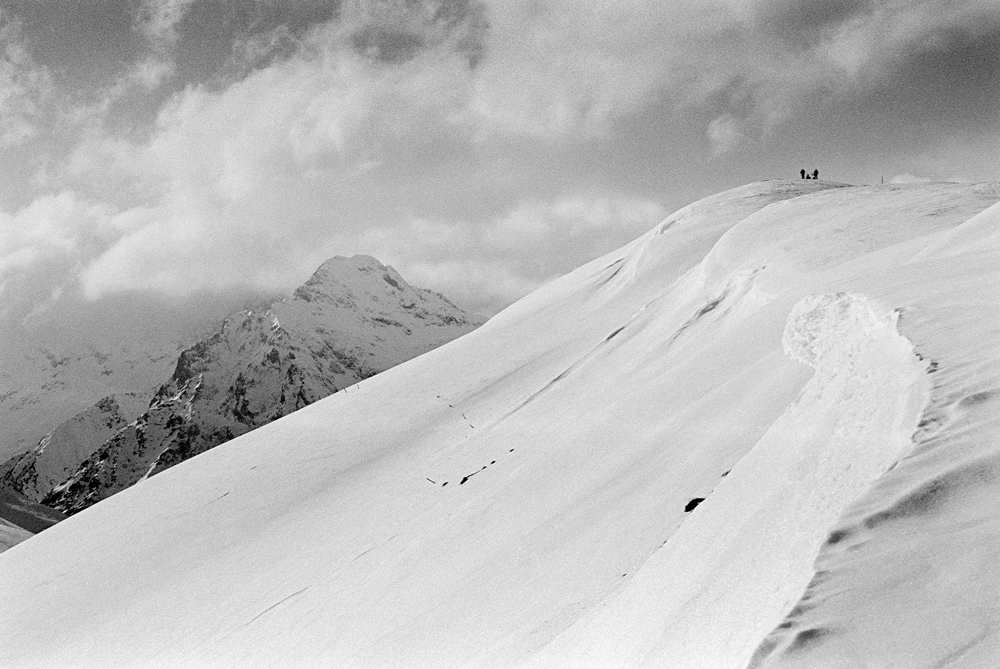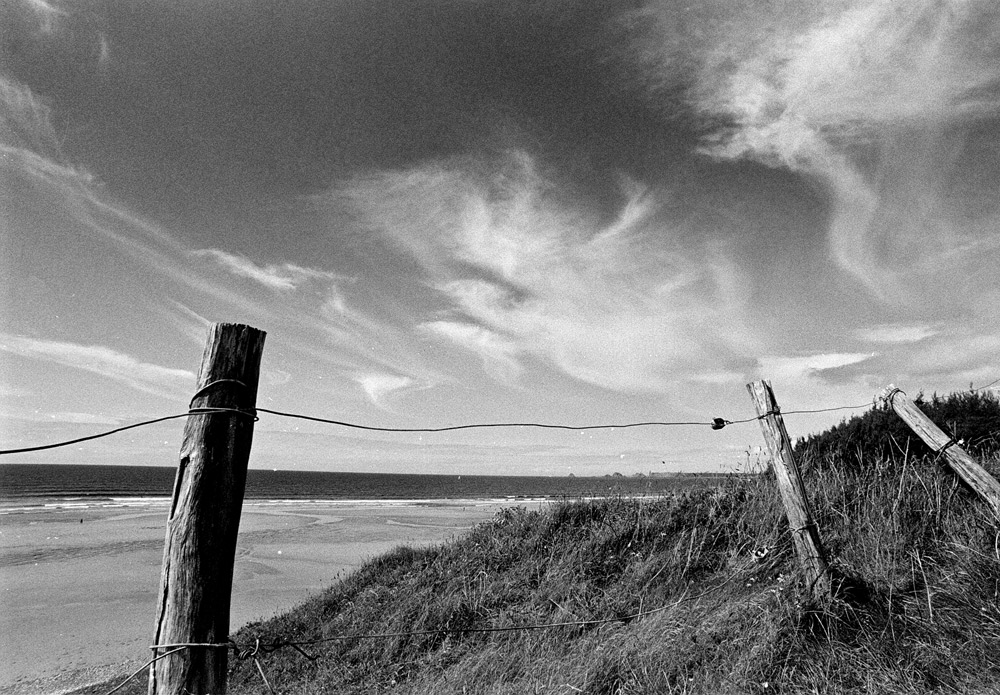A Family Connection Posted On 2nd August 2016 To Magazine & Stories

A family of photographers
It’s difficult for me to imagine my family members without their cameras. I grew up in a family of photographers. This seemed so natural to me, that, as a child, I thought all my friends at school had photo labs at their grandparents’ house. For years, underneath my bed, sat my great grandfather’s wooden photographic chamber, along with its imposing tripod.
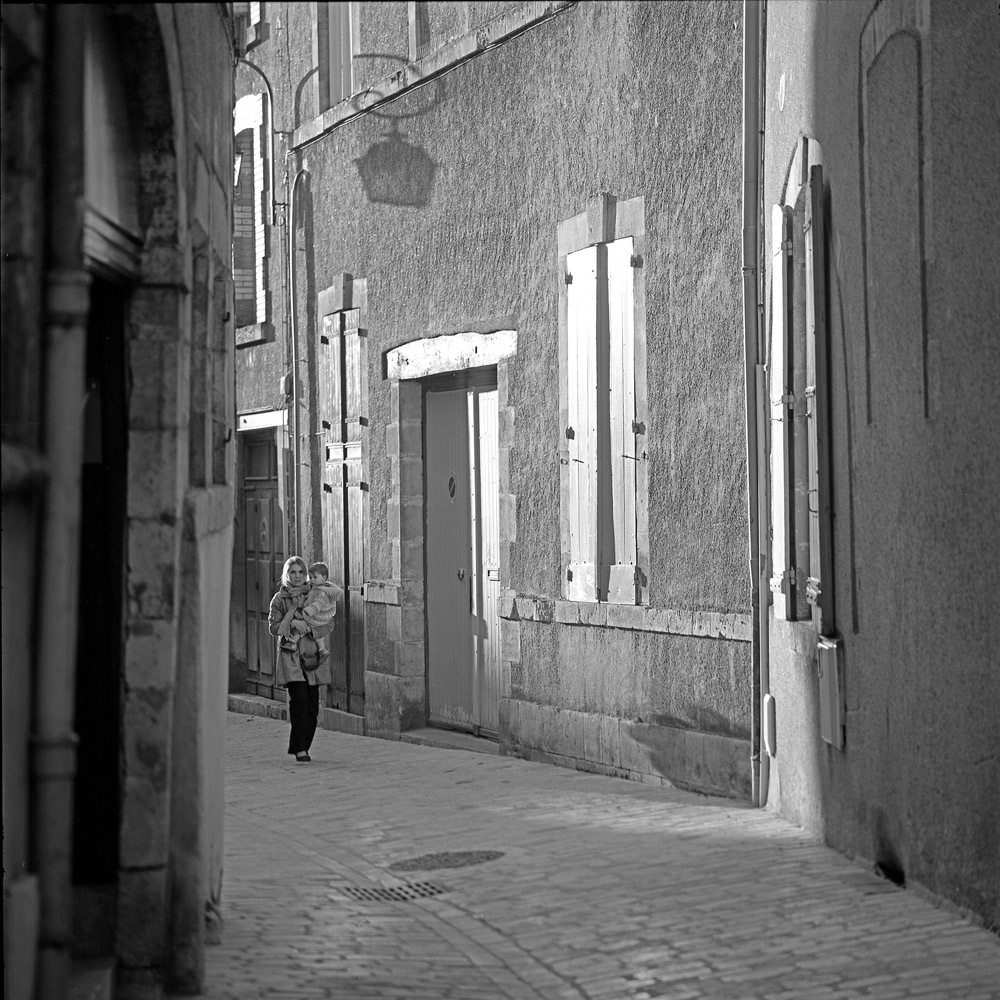
Ilford FP4 Plus / Hasselblad 500CM / Sonnar 150mm
One day, I found a dusty shoebox, sealed with rubber bands. Inside was a collection of small photos, carefully wrapped in brown paper. As I was going through them, I tried to recognize the faces on the crenulated squares. Some of them I could not, like my ancestor’s brother, René, going to war in 1914. He is pictured simply standing alone in front of the wall of the house, looking right through the lens, his quiet and sober look crossing the paper after nearly one hundred years of sitting in the comforting darkness of a shoebox. I then realized how lucky I was to be able to have all these memories, hopes and little stories of past generations in my hands.
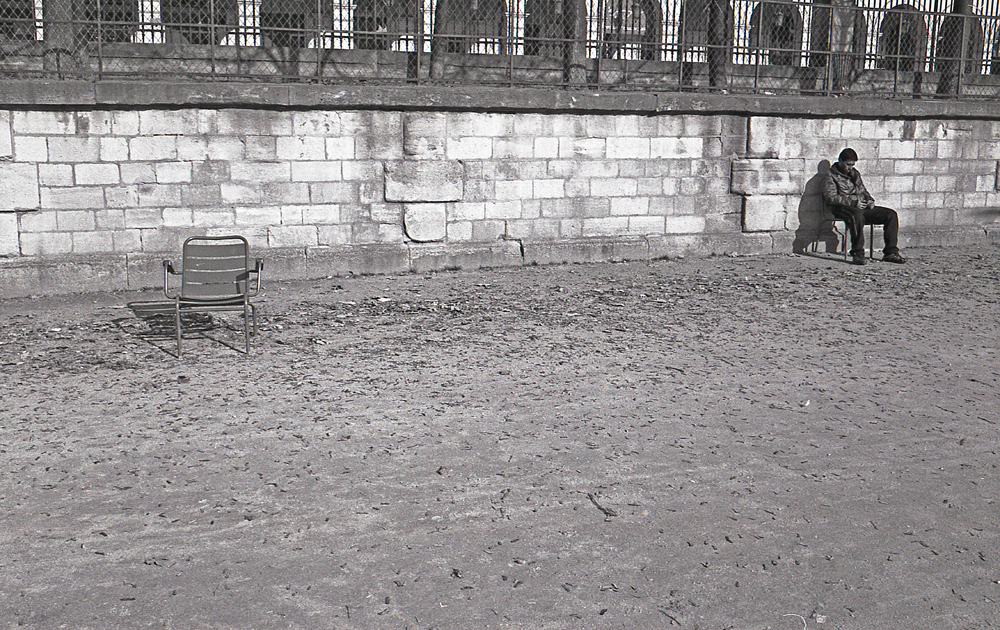
Ilford FP4 Plus 125 / Minox 35MB / Color Minotar 35mm
I also realized these photographs; these cameras and photographic chambers have been the touchstone and the backbone of my family history.
I naturally continued shooting film because I was used to it, or, as I like to think, to keep that lifeline tight, in a sort, to perpetuate a real family tradition.
- Fujifilm Acros 100 / Hasselblad 500CM / Sonnar 150mm
- Kodak TMAX 400 / Hasselblad 500CM / Distagon 50mm
Reflecting
When I reflect now on my short path as an amateur photographer, I realize I might have enjoyed fixing and using old cameras, and creating my own chemicals more than actually trying new techniques. I am convinced that by doing so, by repeating the same processes and know-how that my ancestors mastered in their time, it helps me connect to them, and to that photo of René, just standing in front of a wall, on a day in 1914.
Being born in 1987, I lived through the painful transition from analog to digital photography. Painful it was because the first digital cameras were literal jokes, but also because it made me think about the reasons why I still shot film, and with this unconsciously taking a side on progress.
It turned out the philosophy of film was rather different from digital. Now that digital camera technology has fully developed and flourished, it became clear to most people that making the choice of analog over digital was not about competition, quality or finance, but about philosophy. In a time of mass consumption, and obsolescence, we have become accustomed to being force-fed and overfed with media, images, and sounds. Our habits, relations, and even our nutrition have changed.
- Fujifilm Acros 100 / Nikon FM3A / Nikkor 180mm
- Fujifilm Acros 100 / Nikon FM3A / Nikkor 24mm
- Kodak TRI-X400 / Nikon FM3A / Arsat 20mm
Creating something
However, there has been a clear shift in the last few years. Fast-food joints are turning into restaurants, and ecology and sustainable development are getting people’s attention. With this movement, I feel that people want to focus on what’s essential. Instead of shooting a thousand photos to only select one, there is a need to wait for the proper moment and to create the moment, without waiting for it to happen. There is also a need to master the processes, with the pride of creating something with your hands. And most of all, there is a need for mystery and magic. That, for me, is what film photography represents and this is why I am intimately convinced that this rebirth of photography is only just beginning to blossom and that the community will bloom bigger and bigger
All images ©Pierre Killmayer
About The Author

Pierre Killmayer
Pierre Killmayer is an amateur photographer from southern France and lives in Paris. From a family of photographers, he started to take pictures as soon as he was old enough to carry a camera. He began using a decidedly diverse array of cameras (Pentacon, Hasselblad, Lomo, Olympus PEN, Ikonta,…) and by the age of 12 was autonomously developing his own films and printing his photos. His stylistic predilection tends toward architectural photography, but he also enjoys fixing and using old cameras. In order to master the whole photographic chain, he recently began creating his own chemicals. Outside of his homemade darkroom, he likes to meet people who also share his passion. For him, film photography is an infinite playground, where everyone can contribute.
You can visit Pierre’s blog here http://blog.killmayer.fr and follow him on twitter @pierrekilll


